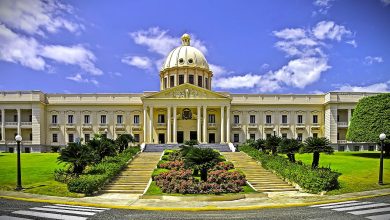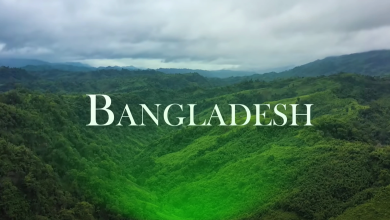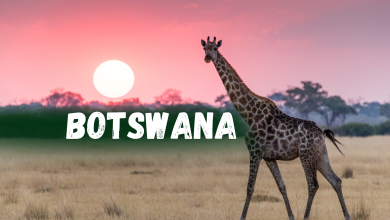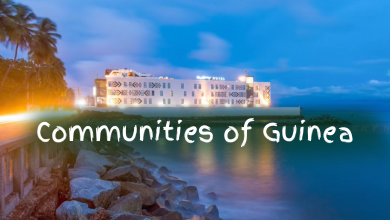Communities of The Kenyan: Diverse Cultures and Traditions
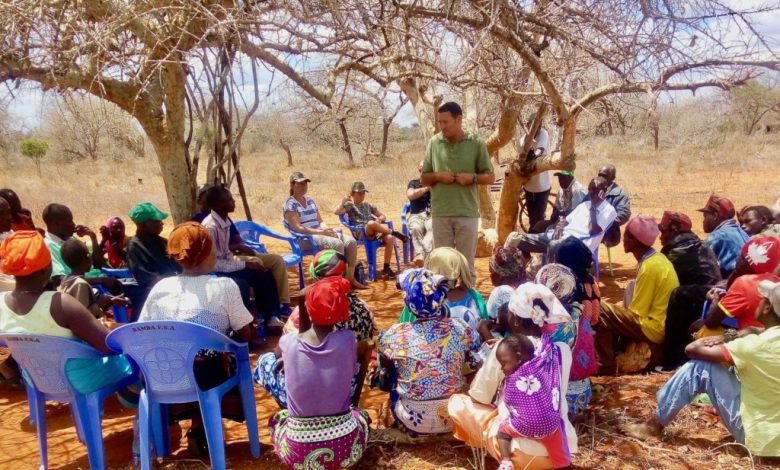
Kenya is a beautiful country in Africa. It has many different communities. Each community has its own culture and traditions. Let’s learn about some of these communities.
Kikuyu Community
The Kikuyu community is the largest in Kenya. They live in the central part of the country. They are farmers and grow crops like coffee and tea. The Kikuyu people speak the Kikuyu language. They also speak Swahili and English.
Culture And Traditions
The Kikuyu have rich traditions. They have colorful dances and songs. They wear beautiful traditional clothes. During ceremonies, they sing and dance. This shows their happiness and unity.
Luo Community
The Luo community lives near Lake Victoria. They are the third-largest community in Kenya. They are known for fishing and farming. The Luo people speak the Dholuo language. They also speak Swahili and English.
Culture And Traditions
The Luo have unique traditions. They celebrate with music and dance. One famous dance is the “Ohangla” dance. They use drums and other instruments. The Luo people also love storytelling. They pass stories from one generation to another.
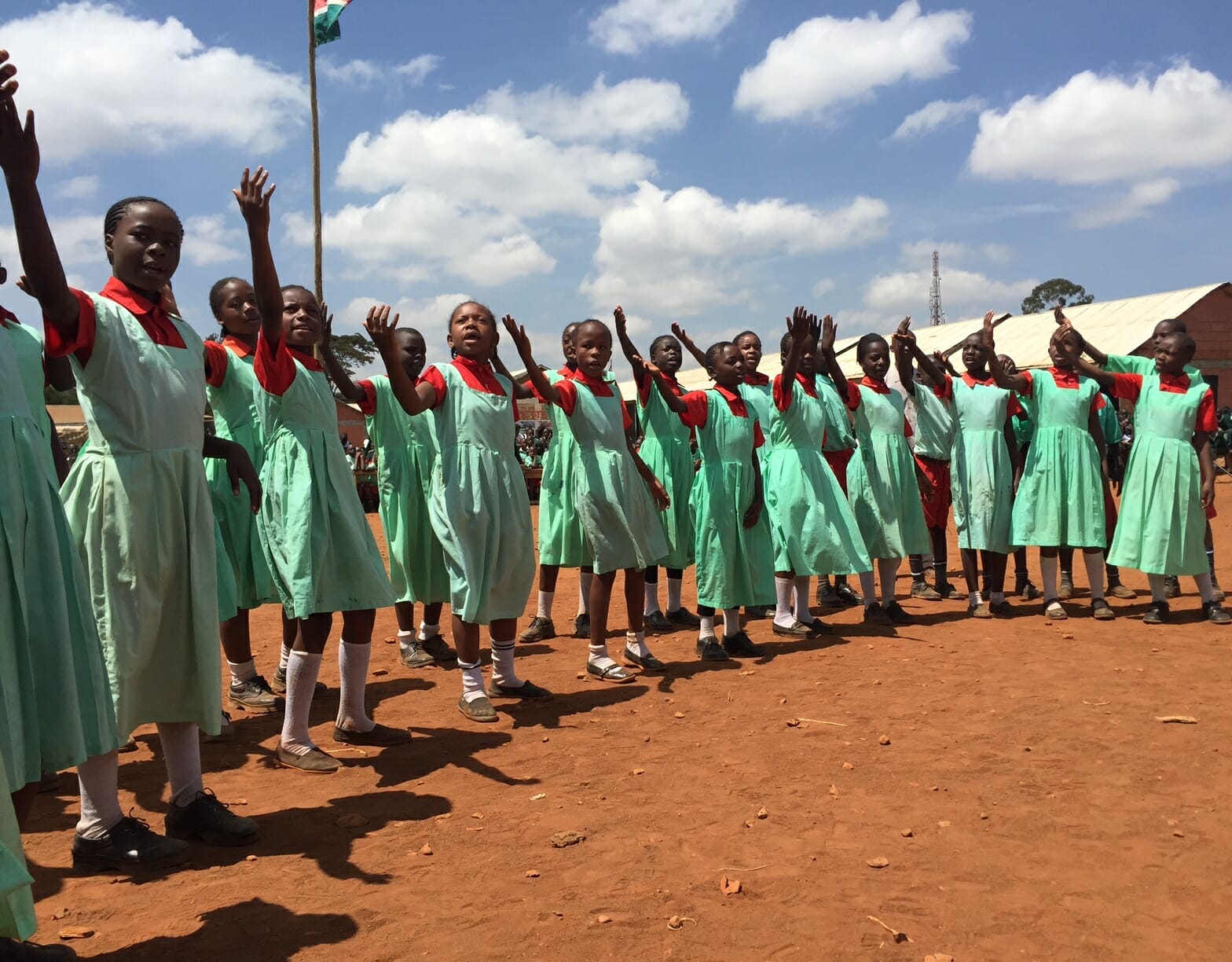
Credit: globalcommunities.org
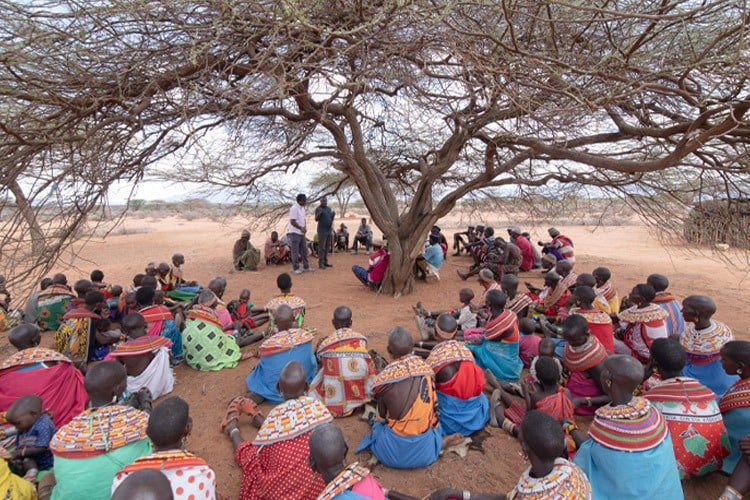
Credit: ajws.org
Maasai Community
The Maasai community is famous around the world. They live in the southern part of Kenya. The Maasai are nomadic herders. They move with their cattle to find fresh grass. The Maasai people speak the Maa language. They also speak Swahili and English.
Culture And Traditions
The Maasai have a strong culture. They wear bright red clothes called “shukas”. They also wear beautiful bead jewelry. The Maasai have special dances. One famous dance is the “jumping dance”. Young men jump high to show their strength.
Kalenjin Community
The Kalenjin community lives in the Rift Valley. They are known for their athletic skills. Many famous runners come from this community. The Kalenjin people speak the Kalenjin language. They also speak Swahili and English.
Culture And Traditions
The Kalenjin have interesting traditions. They have ceremonies to mark important events. One ceremony is the “initiation ceremony”. Young boys become men during this ceremony. The Kalenjin also have traditional dances. They celebrate with songs and dances.
Somali Community
The Somali community lives in the northeastern part of Kenya. They are known for their rich culture. The Somali people speak the Somali language. They also speak Swahili and English.
Culture And Traditions
The Somali have unique traditions. They wear beautiful clothes and jewelry. They have special ceremonies for weddings and other events. The Somali love poetry and storytelling. They share stories and poems with their children.
Swahili Community
The Swahili community lives along the Kenyan coast. They are known for their rich history and culture. The Swahili people speak the Swahili language. They also speak English.
Culture And Traditions
The Swahili have a unique culture. They have beautiful traditional clothes. They celebrate with music and dance. The Swahili also love poetry. They have special poems called “mashairi”. These poems are very important in their culture.
Turkana Community
The Turkana community lives in the northwestern part of Kenya. They are nomadic herders. They move with their animals to find water and grass. The Turkana people speak the Turkana language. They also speak Swahili and English.
Culture And Traditions
The Turkana have strong traditions. They wear colorful clothes and bead jewelry. They have special dances for ceremonies. One famous dance is the “bull dance”. They also have traditional songs. These songs tell stories about their lives.
Meru Community
The Meru community lives on the slopes of Mount Kenya. They are farmers and grow crops like bananas and coffee. The Meru people speak the Meru language. They also speak Swahili and English.
Culture And Traditions
The Meru have rich traditions. They celebrate with music and dance. They wear beautiful traditional clothes. The Meru also have special ceremonies. One important ceremony is the “circumcision ceremony”. This marks the passage from childhood to adulthood.
Luhya Community
The Luhya community lives in western Kenya. They are the second-largest community in the country. They are farmers and grow crops like maize and sugarcane. The Luhya people speak the Luhya language. They also speak Swahili and English.
Culture And Traditions
The Luhya have interesting traditions. They celebrate with music and dance. One famous dance is the “Isukuti” dance. They use drums and other instruments. The Luhya also have special ceremonies. These ceremonies mark important events in their lives.
Frequently Asked Questions
What Are The Major Kenyan Communities?
Kenya has over 40 ethnic communities, including Kikuyu, Luo, Luhya, and Kalenjin. Learn more at [www. ccnworlds. com/category/world-community](www. ccnworlds. com/category/world-community).
How Diverse Is Kenya’s Population?
Kenya’s population is highly diverse, featuring numerous ethnic groups and cultures. Discover more at [www. ccnworlds. com/category/world-community](www. ccnworlds. com/category/world-community).
Which Is The Largest Community In Kenya?
The Kikuyu community is the largest in Kenya. More details at [www. ccnworlds. com/category/world-community](www. ccnworlds. com/category/world-community).
What Languages Are Spoken In Kenya?
Kenya’s communities speak various languages, including Swahili and English. Explore more at [www. ccnworlds. com/category/world-community](www. ccnworlds. com/category/world-community).
Conclusion
Kenya is home to many diverse communities. Each community has its own unique culture and traditions. They speak different languages and have different customs. Learning about these communities helps us understand and appreciate their rich heritage. Visit www.ccnworlds.com/category/world-community to learn more about different communities around the world.

